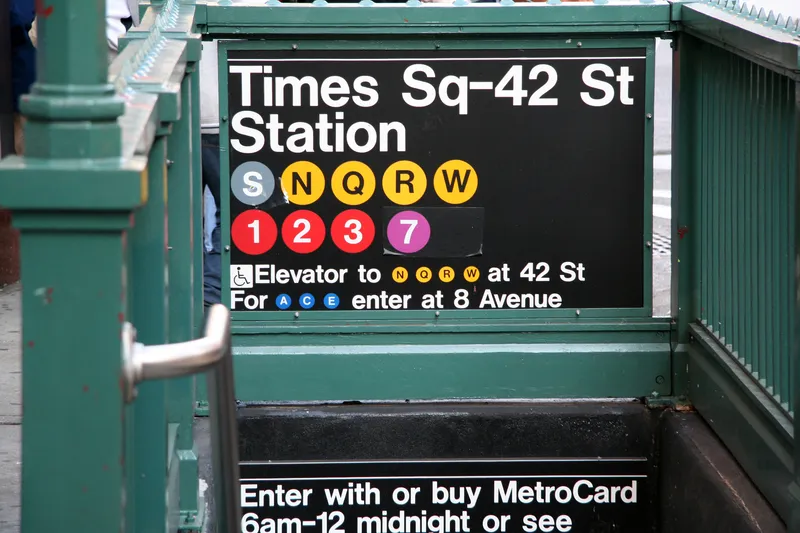
Swat Mobility is combining its routing technology with a Mobility as a Service (MaaS) app provided by Willers in the Asia-Pacific region.
Willers wants to use its MaaS platform to create services that complement existing transportation systems and provide commuters with affordable options such as demand-responsive shuttle buses, including autonomous shuttles and car-sharing services.
Shigetaka Murase, founder of Willer, says: “We believe that MaaS will be key in managing commuting demands whilst optimising the use of limited resources to solve societal and mobility challenges. These include enhancing connectivity and accessibility, boosting ridership in low density areas, and addressing first-and last-mile challenges.”
Willers has been carrying out similar trials with support from the Japanese government in the cities of Kyoto and Tokyo and the island of Hokkaido since 2019.
Swat Mobility provides demand-responsive and ride-sharing technology clients across Asia-Pacific, including Toyota and Transportation for New South Wales.








